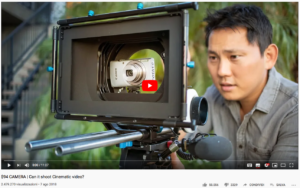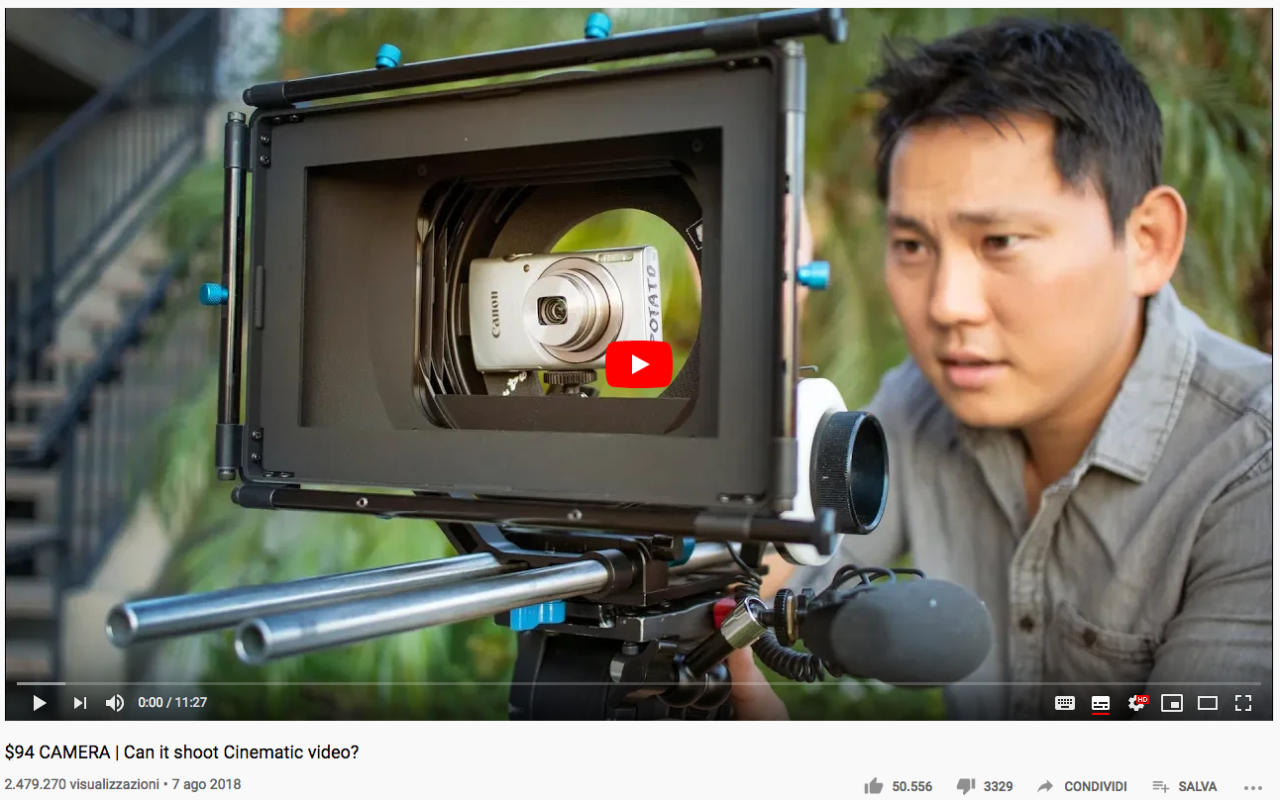 I have noticed that the authoritative Redshark site, of which I am a regular reader, often features topics I discussed in posts two or three years earlier; I find it flattering to have anticipated them by so much time.
I have noticed that the authoritative Redshark site, of which I am a regular reader, often features topics I discussed in posts two or three years earlier; I find it flattering to have anticipated them by so much time.
Today I am going to do the opposite, which is to use the cue from one of their articles to answer a frequently encountered question: do you really need the Matte box?
What is it and what is a Mattebox for?
The good Roland Denning gives a list of reasons to which I refer and add my own thoughts.
- Look cooler
- Protect lenses from side light and avoid unwanted flare
- Mount filters.
and I would add
- Disciplining the operator in how to prepare the room
- Study the light before pressing rec
Look cooler (when size matters).

Potato Jet shows in this video how it is not the rig that makes the kinematic image
ps. follow the link, he is an interesting youtuber
For some (psychological) reason there are elements that create mental associations in people’s minds, the Mattebox is one of those elements, Mattebox equals cinema, professionalism.
So any camera with the Mattebox becomes professional in the eye of the less experienced, or the customer.
In many areas the digital revolution has been a disadvantage, because customers accustomed to associating camera size with the professionalism of the operator (larger size = economic investment = shooting quality) find themselves disgruntled at seeing increasingly compact machines.
One well-known brand in the mid-2000s had a series of cameras dedicated to wedding videographers and those making corporate and industrial films, i.e., the exact same electronics, optics, controls and sensors as the more compact, but professional cameras in a more engine broadcast “outfit” for those who needed to show clients the size of their “professionalism.”
By the mid-2010s the trend had reversed, you could show up with good cameras, film cameras, but if you didn’t have the trendy VDSLR … it looked like you had a toy on your hands … the world is about appearance, not substance, in most cases.
